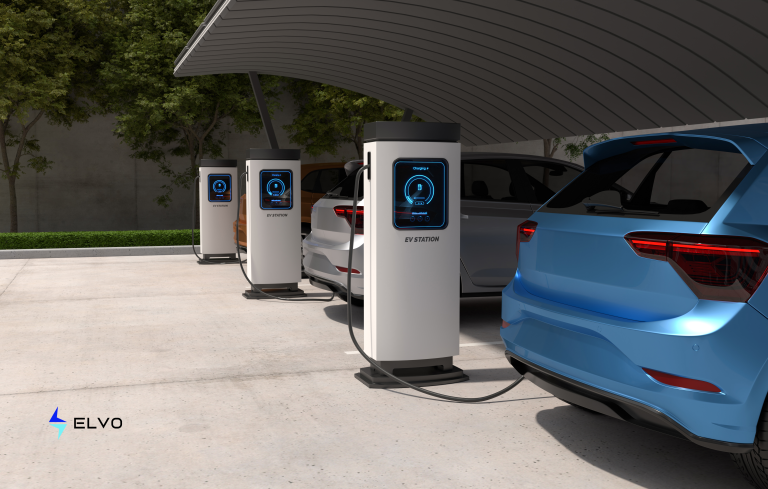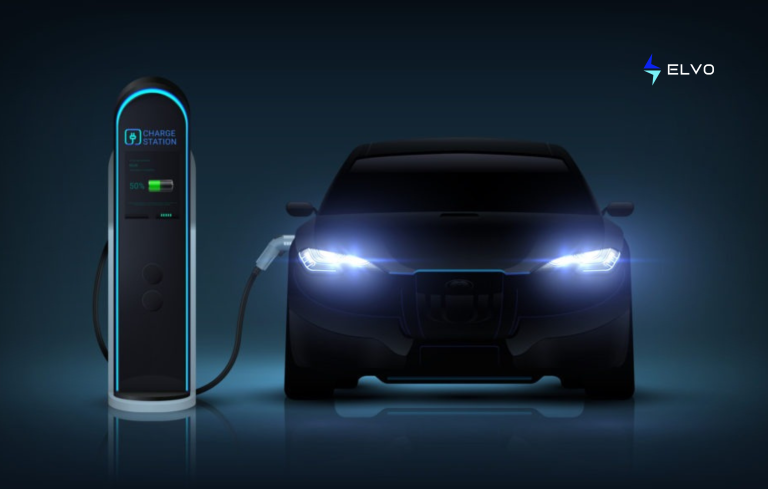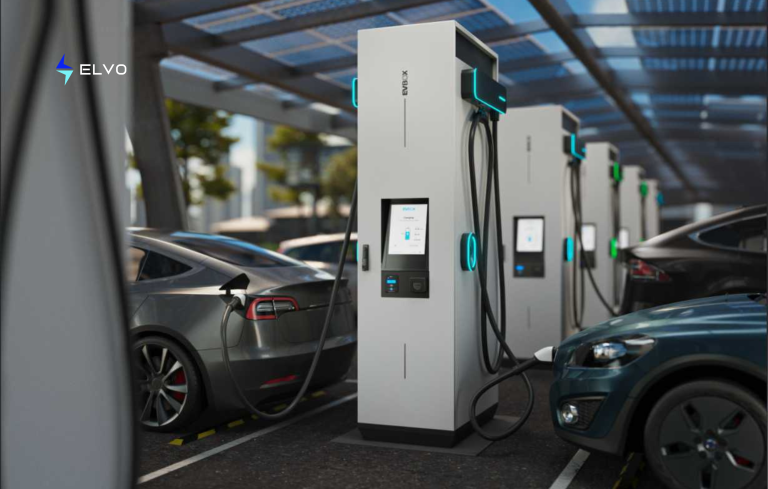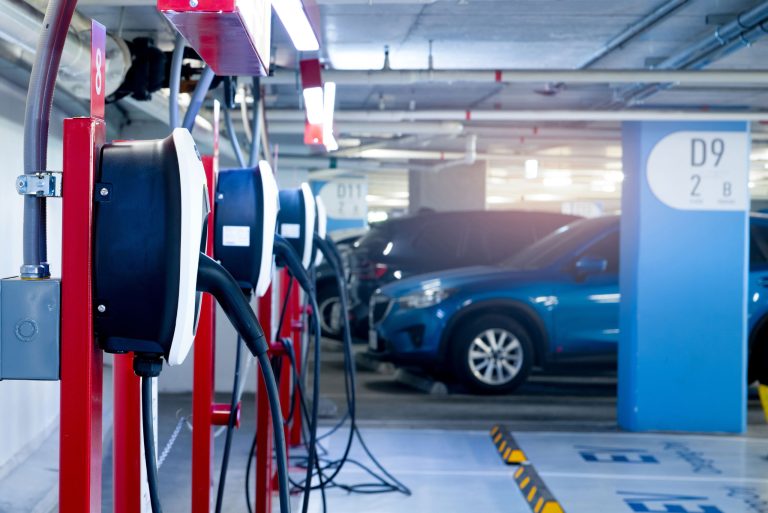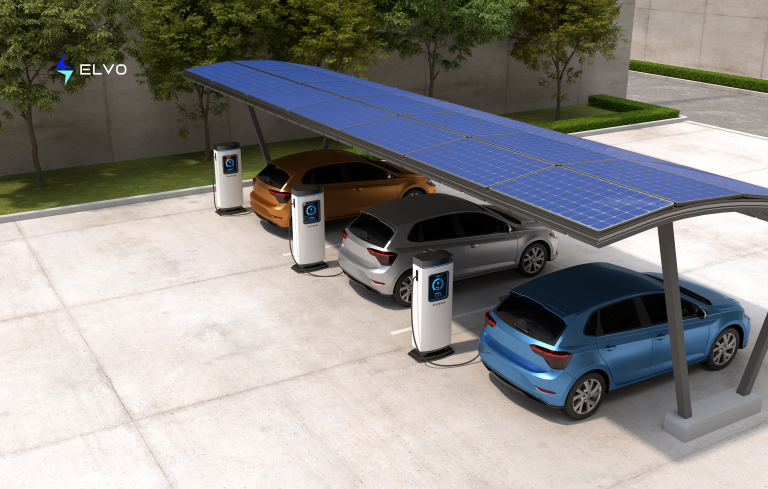Electric Vehicle Fast Charging versus Slow Charging
In this comparison of EV fast charging versus slow charging, we aim to present the essential distinctions between these two methods in an easy-to-understand manner. Charging your electric vehicle efficiently is vital, and choosing the right charging speed affects everything from your daily routine to the health of your EV’s battery. This article outlines the key features of both charging approaches, giving you the solid facts you need to make an informed choice that suits your EV lifestyle. Let’s explore the nuances of fast and slow charging without complicating things.
Electric vehicles (EVs) are surging in popularity, thanks to their reduced carbon footprint and decreasing total cost of ownership. However, transitioning from traditional gasoline-powered vehicles to EVs comes with a new set of considerations, notably how to charge them efficiently. A key aspect of this is understanding the differences between slow and fast EV charging. Here, we delve into these differences, offering insights to help you determine which charging method suits your needs best.
Electric Vehicle Fast vs Slow Charging – Ultimate Comparison
Charging your electric vehicle efficiently is key to maximizing convenience and maintaining your EV’s battery health. With technologies evolving, EV charging management software is crucial for optimizing how, when, and where you charge. This detailed comparison between fast and slow charging methods will guide you in making an informed choice optimized for your lifestyle and needs.
Fast Electric Vehicle Charging Explained
Fast electric vehicle charging, commonly known as DC fast charging, propels EV technology to the forefront by drastically reducing the amount of time needed to charge an electric vehicle. This charging method utilizes direct current (DC) to bypass the vehicle’s onboard charger, allowing for a direct and more potent flow of electricity into the vehicle’s battery.
With power outputs ranging from 50 kW to as high as 350 kW, fast chargers can recharge an EV’s battery to 80% in approximately 20 to 60 minutes, depending on the battery size and the charging station’s capacity. Positioned strategically at public charging stations, especially along highways, these chargers are designed to facilitate long-distance travel, providing a quick and convenient charging solution.
However, the ultra-fast charging rate may entail higher usage costs and pose challenges to battery lifespan with frequent use. Fast charging stations come in various types, including CHAdeMO, CCS, and Tesla Superchargers, each supporting different vehicles and charging speeds.
Slow Electric Vehicle Charging Explained
On the other end of the spectrum lies slow electric vehicle charging, an approach that relies on alternating current (AC) and is often associated with overnight charging at home or during extended hours at the workplace. This method typically employs Level 1 and Level 2 charging stations, with power outputs from 3.7 kW to 7 kW, making it much gentler on the EV’s battery.
The slower influx of electricity ensures a thorough and steady charge, usually taking between 6 to 12 hours to fully recharge an EV, depending on the vehicle’s battery capacity and the charger’s power output. Slow charging’s inherent benefit is its convenience for daily use, allowing EV owners to recharge their vehicles overnight and start each day with a full battery.
The minimal strain on the battery during the charging process also aids in preserving the battery’s health and longevity over time. While not suited for quick top-ups or emergency charging, slow charging presents a cost-effective and battery-friendly option for the majority of EV owners, emphasizing ease of use and accessibility.
Comparison Table: EV Slow Charging vs. Fast Charging
| Feature | Slow EV Charging | Fast EV Charging |
| Typical Power Range | 3.7 kW – 7 kW | 50 kW – 350 kW |
| Locations | Home, workplaces | Public charging stations, highways |
| Usage Time | Overnight (6-12 hours) | 20-60 minutes |
| Charger Type | Level 1, Level 2 | Level 3 (DC fast chargers) |
| Cost | Lower initial setup and running costs | Higher due to powerful electrical infrastructure requirements |
| Compatibility | Most EV models | Many, but not all, EV models; depend on connector type |
| Impact on Battery Health | Less strain on a battery can prolong the life | Frequent use may reduce battery lifespan |
Fast Electric Vehicle Charging: Pros and Cons
Fast charging stations are often hailed as a pivotal factor in accelerating EV adoption. By significantly reducing charging times, they address one of the most substantial barriers for potential EV owners: range anxiety. The psychology behind range anxiety is rooted in the fear of running out of battery power far from a convenient charging point, a concern that fast charging directly mitigates.
Furthermore, the strategic placement of fast charging stations along highways and in urban centers creates a network that mimics the familiar infrastructure of petrol stations, making long-distance travel in EVs not only possible but practical.
However, the rapid expansion of fast-charging infrastructure also faces hurdles. The installation costs and ongoing operation expenses are considerably higher than those for slow charging stations, primarily due to the need for high-powered electrical components and robust grid connections. Despite these challenges, the development of fast charging networks is seen as essential for encouraging the widespread transition to electric mobility.
Pros:
- Speed: Ideal for quick charging, making it easier to cover long distances.
- Accessibility: Widely available at public charging stations along major highways.
- High power: Can significantly charge the EV in a fraction of the time compared to slow charging.
Cons:
- Cost: Higher installation and usage costs.
- Battery impact: Regular use can stress the battery, potentially affecting its longevity.
- Limited compatibility: Not all EVs can utilize the fastest chargers due to connector or onboard charger constraints.
Slow Electric Vehicle Charging: Pros and Cons
On the other side of the spectrum, slow charging represents the foundational backbone of everyday EV use. Most EV owners rely on slow charging for their daily needs, plugging in their vehicles overnight at home or during the day at their workplace. This method of charging is inherently more economical and accessible, requiring only a standard electrical outlet in many cases.
Slow charging also offers significant benefits in terms of battery health. By avoiding the high temperatures and stresses associated with rapid charging, slow charging can help preserve battery life, extending the overall lifespan of the vehicle. This method mirrors the natural ebb and flow of daily life, offering a “fill up” while the vehicle is parked and not in use, thereby minimizing downtime.
Pros:
- Cost-effective: Lower installation and operational costs make it an economical choice.
- Convenient for home use: Can be done overnight, fitting well into daily routines.
- Battery-friendly: Less heat and stress on the battery, potentially extending its lifespan.
Cons:
- Time-consuming: Not suitable for quick top-ups or long-distance travel.
- Limited power: May not be sufficient for vehicles with large battery packs or for those requiring a faster charging solution.
Types of Fast Electric Vehicle Chargers
CHAdeMO: Bridging Technology from Japan
Originating from Japan, the CHAdeMO charging standard is a product of collaboration among major Japanese automakers and energy firms. It’s noteworthy for providing up to 62.5 kW of power, enabling EV batteries to charge from zero to 80% in approximately 30 minutes to an hour, depending on the battery’s capacity and condition.
CHAdeMO chargers have a distinct connector design and are typically found in models manufactured by Nissan, Mitsubishi, and Toyota. Although not the fastest technology on the market, its reliability and widespread usage, especially in Asia, have cemented CHAdeMO’s position in the fast-charging arena.
CCS (Combined Charging System): The Global Contender
The Combined Charging System (CCS) is a testament to international cooperation in the EV industry. Supported by a variety of car manufacturers from both Europe and America, the CCS standard underscores a global move toward universal charging solutions. Offering impressive power levels of up to 350 kW, CCS chargers stand at the forefront of fast-charging technology.
This system can propel an EV’s battery from zero to 80% in mere minutes, significantly shortening charging stops during long drives. The CCS connector integrates AC and DC charging capabilities into a single port, simplifying the charging process and infrastructure. Brands like BMW, Volkswagen, Ford, and General Motors are among the proponents of this versatile technology.
Tesla Supercharger: Revolutionizing Fast Charging
Tesla’s proprietary Supercharger network has played a pivotal role in the company’s strategy to promote EV adoption worldwide. Exclusive to Tesla vehicles, these chargers initially offered rates up to 120 kW, with newer V3 Superchargers ramping up to an impressive 250 kW of power. This means Tesla drivers can recharge their batteries to a significant degree in around 15 to 30 minutes.
Tesla’s aggressive expansion of the Supercharger network aims to ensure convenience for its customers, making long-distance EV travel not only feasible but enjoyable. The exclusivity of the Supercharger network underscores Tesla’s commitment to providing an unparalleled charging experience for its users.
Which Type of EV Charger is Better for Battery?
The common belief that fast charging degrades EV batteries faster than slow charging has been challenged by recent findings from Recurrent. According to their study, which analyzed data from over 13,000 Tesla vehicles, there is no significant difference in battery degradation between vehicles that predominantly use fast charging and those that primarily use slow charging.
The study shows that, whether batteries were charged fast or slow, the impact on their range degradation was negligible even for those using fast charging for more than 70% of the time. This data suggests that fast charging does not introduce the negative effects on battery health that were previously anticipated, although the sample size for vehicles frequently using fast charging was relatively small.
However, ongoing observations from a wide range of Tesla models (from 2012 to 2023) consistently supported these findings, indicating that the method of charging might not be as critical to battery health as once thought.
Wrapping Up
In conclusion, choosing between fast and slow charging for your electric vehicle boils down to balancing convenience with battery health. Fast charging offers the speed necessary for long-distance travel and busy lifestyles, while slow charging is more gentle on battery life and may be more cost-effective for daily use.
By understanding the benefits and considerations of each method, EV owners can optimize their charging practices to suit their needs, ensuring their vehicles are always ready to hit the road. Remember, the future of driving is electric, and making informed choices about charging can enhance your EV experience.

